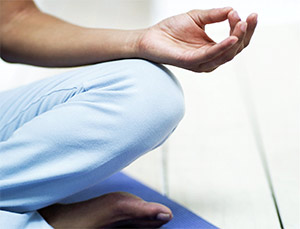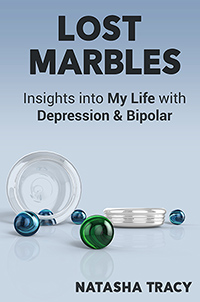You Can’t Change Your Thoughts or Feelings (No Matter How Much CBT You Do)
You can’t change how you think and you can’t change what you feel. These are truisms. I know that some people (such as some who believe strongly in cognitive behavioral therapy [CBT]) might tell you different, but honestly, these people are wrong. These people are misunderstanding the situation. After dealing with bipolar disorder — a disordered and out-of-control brain — for more than two decades, I can attest to having tried very hard to change how I feel and think. However, the impossibility of this has become imminently clear to me.
Read More
















Recent Comments